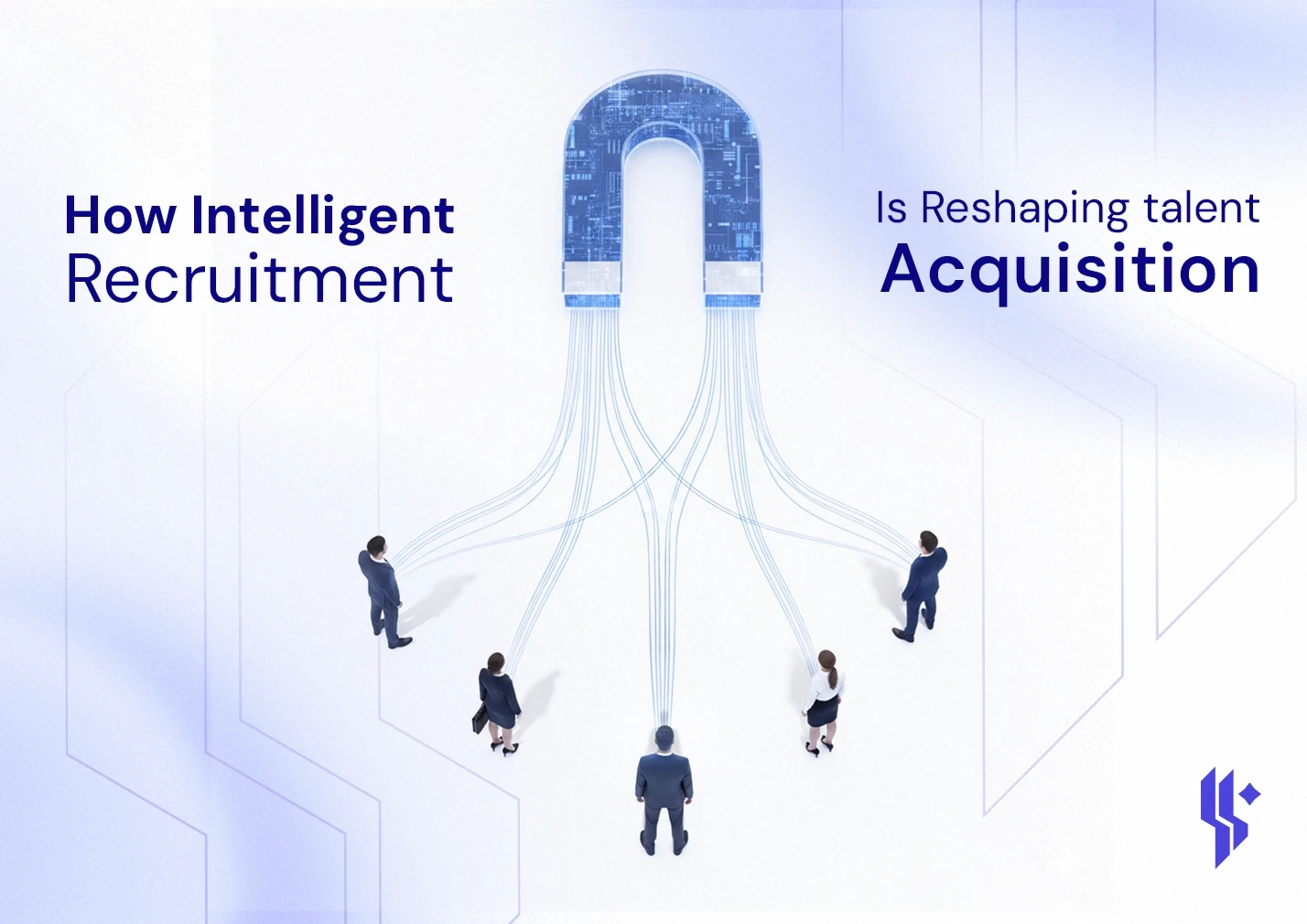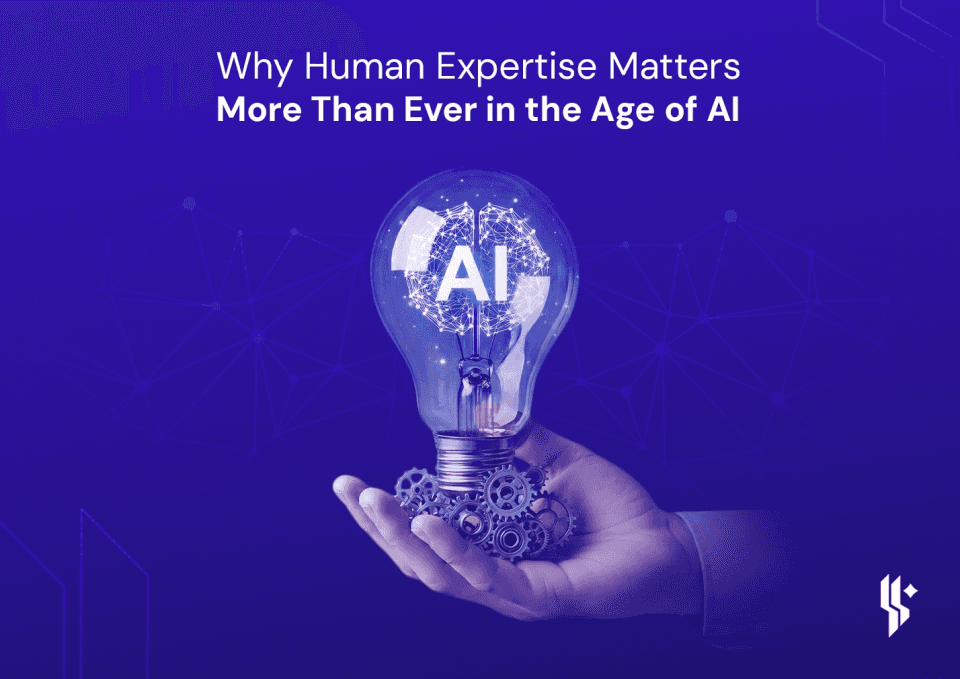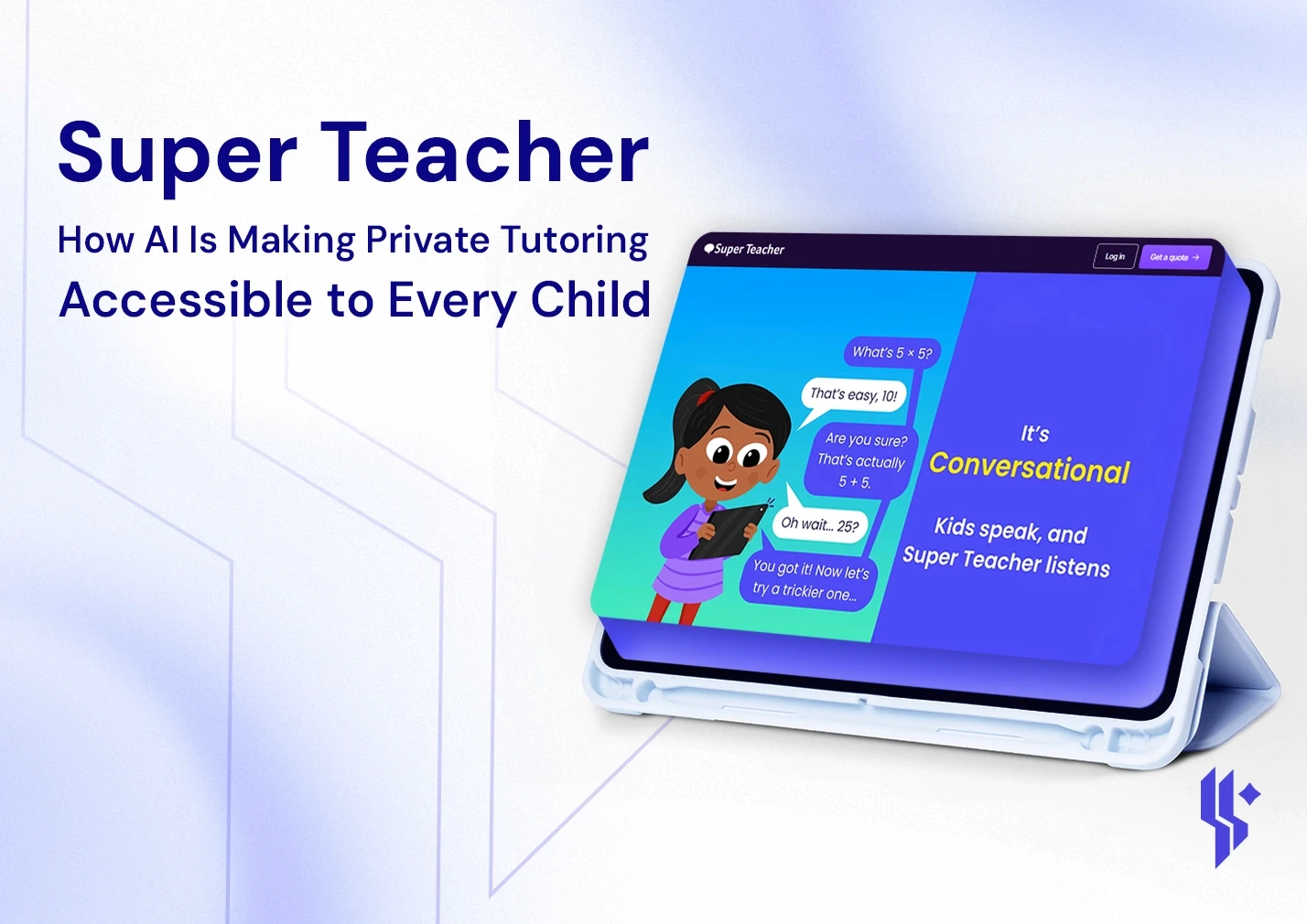Wynt Blog
Find an Article
Wynt Blog
Find an Article
Wynt Blog

Jun 11, 2025
Enhancing Diversity and Inclusion in the work space
How Artificial Intelligence Can Enhance Diversity and Inclusion in the Workplace
Introduction: Why Diversity & Inclusion Matter
Diversity and inclusion (D&I) are no longer just buzzwords — they are essential for building innovative, high-performing teams. Companies with diverse workforces benefit from broader perspectives, better problem-solving, and stronger connections with global markets.
However, unconscious bias often infiltrates traditional hiring processes, making it difficult to achieve true workplace diversity. This is where Artificial Intelligence (AI) steps in as a game-changer.
⸻
How AI Helps Reduce Bias in Recruitment
One of the most impactful applications of AI in HR is its ability to minimize human biases in recruitment. Here’s how AI can enhance diversity:
1. Blind Screening of Resumes
AI tools like Wynt.ai can anonymize candidate data, removing identifiers such as names, gender, age, or ethnicity. This ensures candidates are evaluated solely on their skills and experience.
2. Data-Driven Decision Making
Unlike humans, AI relies on objective data, reducing the influence of stereotypes or “gut feelings.” Algorithms assess candidates based on qualifications, relevant skills, and cultural fit, leading to fairer hiring decisions.
3. Identifying Inclusive Job Descriptions
AI can analyze job postings for biased language that may discourage diverse applicants. By suggesting neutral alternatives, AI helps craft job descriptions that attract a wider pool of talent.
⸻
AI in Promoting Inclusion Beyond Hiring
Diversity is just the first step — true inclusion means creating an environment where everyone feels valued. AI supports inclusion by:
• Analyzing Employee Engagement
AI-driven tools can track employee sentiment and engagement, identifying patterns of exclusion or dissatisfaction among underrepresented groups.
• Monitoring Pay Equity
AI can audit salary data to detect and address gender or racial pay gaps, promoting fair compensation practices.
• Personalized Career Development
AI platforms can recommend tailored learning paths and mentorship opportunities to ensure equal growth opportunities for all employees.
Challenges and Ethical Considerations
While AI offers powerful tools to enhance D&I, it’s crucial to recognize that AI systems are only as unbiased as the data they are trained on. Poorly designed algorithms can unintentionally perpetuate existing biases.
To mitigate this, companies must:
• Use diverse and representative datasets.
• Continuously audit AI systems for fairness.
• Combine AI insights with human oversight.
⸻
Conclusion: AI as a Catalyst for Inclusive Workplaces
AI is not a magic solution, but when implemented responsibly, it can significantly accelerate diversity and inclusion efforts. Tools like Wynt.ai empower organizations to build fairer, more inclusive hiring processes, paving the way for stronger, more innovative teams.
By leveraging AI’s objectivity and scalability, companies can move beyond intentions and create workplaces where diversity truly thrives.
Have More Questions?
Reach out Through
Latest Articles
Stay Updated with Our Latest Insights

Jun 11, 2025
Enhancing Diversity and Inclusion in the work space
How Artificial Intelligence Can Enhance Diversity and Inclusion in the Workplace
Introduction: Why Diversity & Inclusion Matter
Diversity and inclusion (D&I) are no longer just buzzwords — they are essential for building innovative, high-performing teams. Companies with diverse workforces benefit from broader perspectives, better problem-solving, and stronger connections with global markets.
However, unconscious bias often infiltrates traditional hiring processes, making it difficult to achieve true workplace diversity. This is where Artificial Intelligence (AI) steps in as a game-changer.
⸻
How AI Helps Reduce Bias in Recruitment
One of the most impactful applications of AI in HR is its ability to minimize human biases in recruitment. Here’s how AI can enhance diversity:
1. Blind Screening of Resumes
AI tools like Wynt.ai can anonymize candidate data, removing identifiers such as names, gender, age, or ethnicity. This ensures candidates are evaluated solely on their skills and experience.
2. Data-Driven Decision Making
Unlike humans, AI relies on objective data, reducing the influence of stereotypes or “gut feelings.” Algorithms assess candidates based on qualifications, relevant skills, and cultural fit, leading to fairer hiring decisions.
3. Identifying Inclusive Job Descriptions
AI can analyze job postings for biased language that may discourage diverse applicants. By suggesting neutral alternatives, AI helps craft job descriptions that attract a wider pool of talent.
⸻
AI in Promoting Inclusion Beyond Hiring
Diversity is just the first step — true inclusion means creating an environment where everyone feels valued. AI supports inclusion by:
• Analyzing Employee Engagement
AI-driven tools can track employee sentiment and engagement, identifying patterns of exclusion or dissatisfaction among underrepresented groups.
• Monitoring Pay Equity
AI can audit salary data to detect and address gender or racial pay gaps, promoting fair compensation practices.
• Personalized Career Development
AI platforms can recommend tailored learning paths and mentorship opportunities to ensure equal growth opportunities for all employees.
Challenges and Ethical Considerations
While AI offers powerful tools to enhance D&I, it’s crucial to recognize that AI systems are only as unbiased as the data they are trained on. Poorly designed algorithms can unintentionally perpetuate existing biases.
To mitigate this, companies must:
• Use diverse and representative datasets.
• Continuously audit AI systems for fairness.
• Combine AI insights with human oversight.
⸻
Conclusion: AI as a Catalyst for Inclusive Workplaces
AI is not a magic solution, but when implemented responsibly, it can significantly accelerate diversity and inclusion efforts. Tools like Wynt.ai empower organizations to build fairer, more inclusive hiring processes, paving the way for stronger, more innovative teams.
By leveraging AI’s objectivity and scalability, companies can move beyond intentions and create workplaces where diversity truly thrives.
Have More Questions?
Reach out Through

Jun 11, 2025
Enhancing Diversity and Inclusion in the work space
How Artificial Intelligence Can Enhance Diversity and Inclusion in the Workplace
Introduction: Why Diversity & Inclusion Matter
Diversity and inclusion (D&I) are no longer just buzzwords — they are essential for building innovative, high-performing teams. Companies with diverse workforces benefit from broader perspectives, better problem-solving, and stronger connections with global markets.
However, unconscious bias often infiltrates traditional hiring processes, making it difficult to achieve true workplace diversity. This is where Artificial Intelligence (AI) steps in as a game-changer.
⸻
How AI Helps Reduce Bias in Recruitment
One of the most impactful applications of AI in HR is its ability to minimize human biases in recruitment. Here’s how AI can enhance diversity:
1. Blind Screening of Resumes
AI tools like Wynt.ai can anonymize candidate data, removing identifiers such as names, gender, age, or ethnicity. This ensures candidates are evaluated solely on their skills and experience.
2. Data-Driven Decision Making
Unlike humans, AI relies on objective data, reducing the influence of stereotypes or “gut feelings.” Algorithms assess candidates based on qualifications, relevant skills, and cultural fit, leading to fairer hiring decisions.
3. Identifying Inclusive Job Descriptions
AI can analyze job postings for biased language that may discourage diverse applicants. By suggesting neutral alternatives, AI helps craft job descriptions that attract a wider pool of talent.
⸻
AI in Promoting Inclusion Beyond Hiring
Diversity is just the first step — true inclusion means creating an environment where everyone feels valued. AI supports inclusion by:
• Analyzing Employee Engagement
AI-driven tools can track employee sentiment and engagement, identifying patterns of exclusion or dissatisfaction among underrepresented groups.
• Monitoring Pay Equity
AI can audit salary data to detect and address gender or racial pay gaps, promoting fair compensation practices.
• Personalized Career Development
AI platforms can recommend tailored learning paths and mentorship opportunities to ensure equal growth opportunities for all employees.
Challenges and Ethical Considerations
While AI offers powerful tools to enhance D&I, it’s crucial to recognize that AI systems are only as unbiased as the data they are trained on. Poorly designed algorithms can unintentionally perpetuate existing biases.
To mitigate this, companies must:
• Use diverse and representative datasets.
• Continuously audit AI systems for fairness.
• Combine AI insights with human oversight.
⸻
Conclusion: AI as a Catalyst for Inclusive Workplaces
AI is not a magic solution, but when implemented responsibly, it can significantly accelerate diversity and inclusion efforts. Tools like Wynt.ai empower organizations to build fairer, more inclusive hiring processes, paving the way for stronger, more innovative teams.
By leveraging AI’s objectivity and scalability, companies can move beyond intentions and create workplaces where diversity truly thrives.
Have More Questions?
Reach out Through





